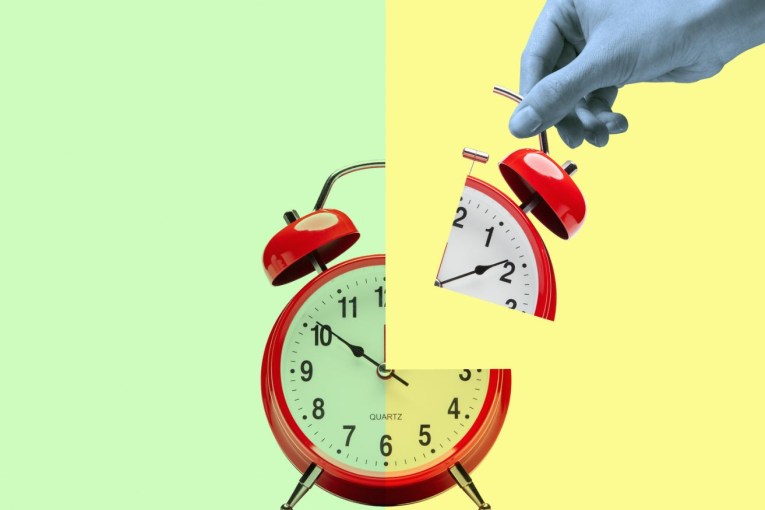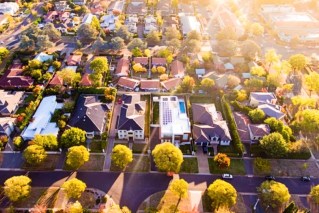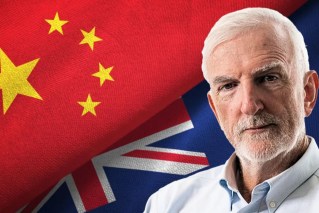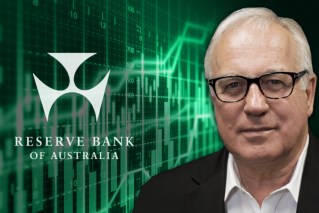Alan Kohler: RBA hasn’t broken its habit of making horribly wrong interest calls

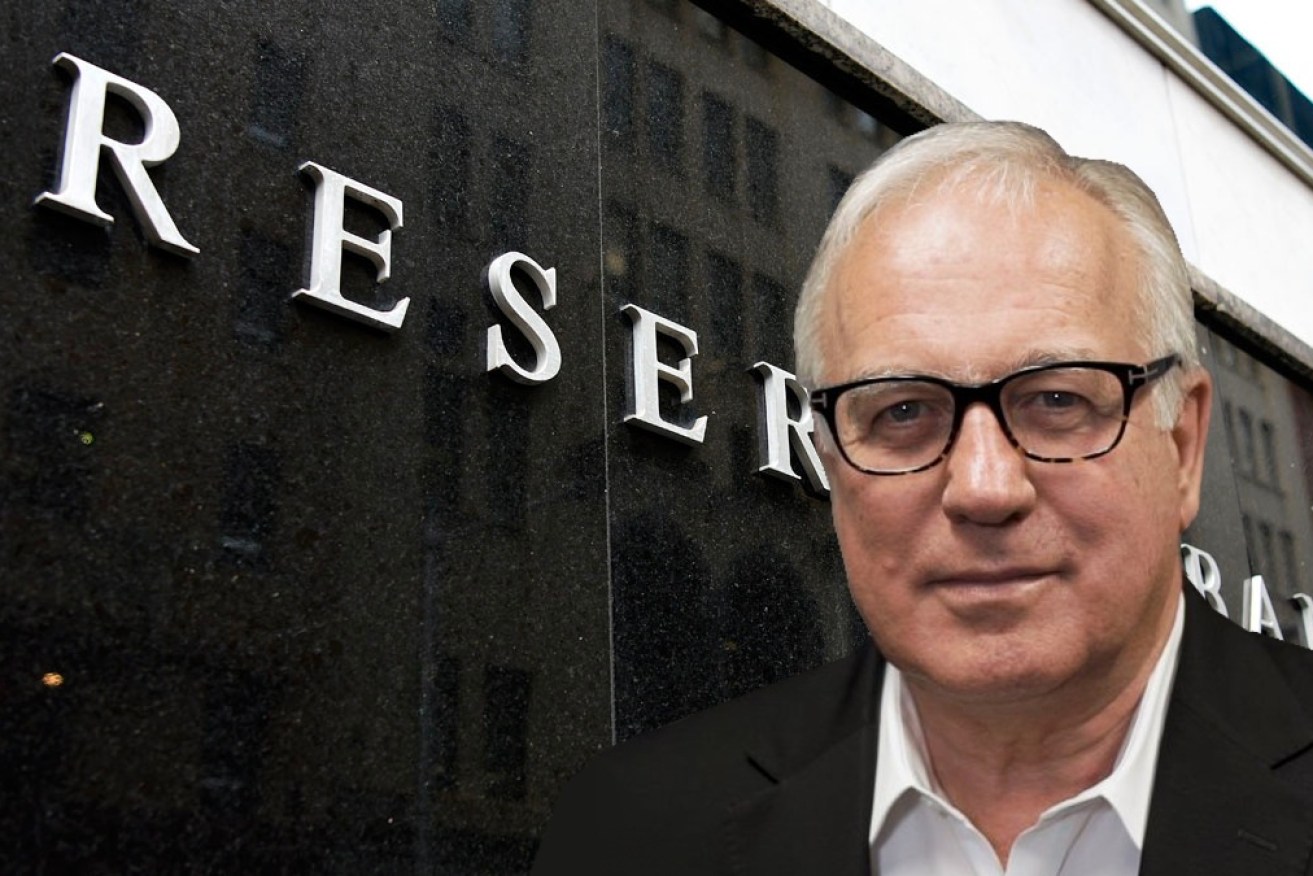
Photo: TND
The Reserve Bank of Ian (Macfarlane) made a mistake in 2000, raising the cash rate three times after the dot-com bubble burst in March of that year.
The last of these came in August, even though it was obvious by then that trouble was brewing. Five months later, the RBA had to hurriedly reverse course and start cutting again – by 1.25 per cent in three months, no less.
The Reserve Bank of Glenn (Stevens) made a mistake after the GFC, when it hiked rates seven times between October 2009 and November 2010 and killed the car industry by sending the Aussie dollar to parity with the US dollar in December 2010. It also had to quickly reverse course and start cutting – too late for Australian manufacturing.
The Reserve Bank of Philip (Lowe) made a mistake in 2019 by cutting the cash rate three times, from 1.5 to 0.75 per cent, to get inflation up, which was both unnecessary and ineffective, and meant there wasn’t much gas in the tank for a crisis, which duly hit within four months of the last cut.
The RBP made a mistake in 2020 and 2021 believing, and saying over and over, that inflation would not increase enough to raise interest rates again for three years.
New crystal ball needed
And it made a mistake in 2021 by waiting too long to raise interest rates; when it became obvious that was wrong, which it eventually did, the hikes were brutal.
In its Statement on Monetary Policy in February this year, the RBA predicted, contentedly, that inflation would return to target in two years, by mid-2025, based on the then current settings (a cash rate of 3.35 per cent), and with unemployment starting to pick up “from around the middle of 2023, reaching 4.5 per cent by mid-2025”.
The unemployment rate hasn’t started picking up yet (damn!) but the monthly consumer price index shows that inflation has been declining since November, and was 0.3 per cent in the month of April – an annual rate of 3.6 per cent, and close to the target already.
Nevertheless, there have been three more rate hikes since February, presumably because the RBA decided that without them it would take longer than two years to get inflation back to target.
How could it possibly know that? Is there no humility from those previous mistakes, particularly that shocker in 2020-21 about not having to raise interest rates for three years? Now they’re forecasting two years out and causing present misery to adjust that predicted future, with no more RBA foresight than before.
The futures market is now priced for two more hikes, to 4.6 per cent, and a few economists are predicting a peak of 4.85 per cent – not because they think that’s what is required (although some do) but because they think that’s what the RBA is going to do – because of the minimum wage decision by the Fair Work Commission.
The good news is that none of the previous mistakes listed above caused either a recession or a housing crash: The only recession since 1991 was caused by the pandemic, not the blundering RBA. It took APRA’s crackdown on lending to investors to bring house prices down in 2017-18 – by 8 per cent; and the 2022 rate hikes brought the national median house price down by 9 per cent but now it’s rising again.
And there is a very good chance that this latest RBA mistake will also fail to produce either a recession or a housing crash. There are plenty of dire predictions of both those things, but that doesn’t make them true. Most are from habitual pessimists.
‘Per capita recession’
There will almost certainly be a “per capita recession” (GDP divided by population) because national output will be flat this year despite a big immigration catch-up. But a GDP recession (two consecutive negative quarters) will be almost impossible for that reason.
If unemployment did rise to 4.5 per cent you could call that a recession – America would – but not if it takes two years, as the RBA wants and predicts.
In any case, over the past 20 years the great disinflationary forces of demographics, globalisation and technology have broken the relationship between unemployment and inflation, as expressed in the central bankers’ favourite tool, the Phillips Curve, which describes a supposed inverse relationship between them.
There is a hot debate among economists over the corpse of the Phillips Curve about whether it is dead or not (“He’s just restin’!”; “It’s stone dead!”), but those disinflationary forces are getting stronger, not weaker.
Globalisation, expressed by trade as a percentage of world GDP, has peaked but hasn’t declined, AI has brought a new wave of cost- and price-cutting technology that’s only just begun, and populations are ageing and declining everywhere (except Australia perhaps, thanks to immigration).
It’s already pretty clear that the United States will bring inflation down without a recession, and that is also likely to happen in Australia. Just as unemployment fell without pushing up inflation, inflation is now falling without a rise in unemployment.
As for house prices, the only thing that produces a big enough wave of forced sales to cause a house-price crash is a big lift in unemployment. A gentle rise to 4.5 per cent over two years won’t do it.
That has only happened twice before – in the depressions of 1932 and 1892, when unemployment hit 30 per cent each time. House prices fell by more than 20 per cent in the 1930s and 30 per cent in the 1890s (having risen more than 50 per cent in the 1880s).
Even when unemployment hit 11 per cent in the 1991 recession, house prices only fell 9 per cent.
Safe as houses
It’s true that Australian households have more debt now than ever before, and nobody knows what would happen if interest rates did go up two or three more times, as many are now predicting.
But it’s very hard to see a double-digit decline in house prices with unemployment around 4 per cent – more than 900,000 people are already working two jobs to make sure they keep up mortgage repayments.
And let’s face it, we need house prices to come down a bit, or at least stay where they for a long time, preferably 55 years, as they did between 1895 and 1950, so we get out of the habit of seeing houses as wealth-creation assets.
Also prices and rents are simply too high for a supposedly egalitarian society to function properly.
The Reserve Bank should pause the rate hikes … for 12 months, which it should have done so this month, in my view. Inflation is declining because of forces outside its control and low unemployment and wages won’t push it up.
There is simply no need to cause more stress and pain, and throw more people out of work, because of another dodgy two-year forecast.
Alan Kohler is founder of Eureka Report and finance presenter on ABC news. He writes twice a week for The New Daily
